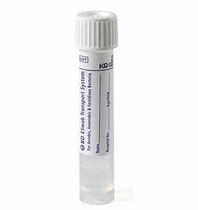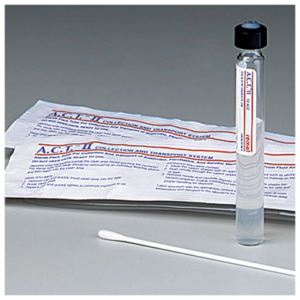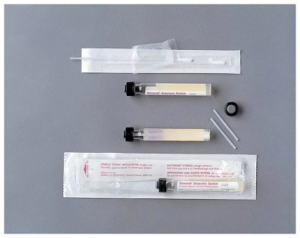Useful For
An anaerobic culture’s purpose is to give guidance on the recovery and treatment of common anaerobic microorganisms encountered in the microbiology laboratory.
These organisms can present alone or in a mixed infection. They can be both somewhat difficult to recover and successfully treat with antibiotics. Some anaerobes are part of the normal commensal flora. Interpretation should be made by the provider between the normal and pathogenic organisms.
Anaerobes need to be collected and transported under anaerobic conditions. They should remain under anaerobic conditions until they are plated to media and placed in an environment (jar or bag) containing the proper anaerobic atmosphere.
- The anaerobic organisms may be reported to either the genus level or species level based upon the source. Deep wounds and surgically collected wounds along with deep tissues or aspirates represent the most clinically relevant sources for anaerobic recovery and identification. Other sources may include medical implants, urine (anaerobically collected) or sterile fluids.
- Anaerobic culture is NOT appropriate for sites with indigenous anaerobic flora.
- Anaerobic cultures will NOT be performed on the following sites: Stools, Throats, Vaginal Cultures, Sputum, Bronchial Washings, Placenta Delivered Vaginally, Normal CVS Urines
- Cutaneous sites are also inappropriate for anaerobic culture.
Method Name
Culture
Aliases
Anaerobic, Anaerobe
Specimen Type
Please be specific with the source of the specimen.
- Deep wounds and surgically collected wounds along with deep tissues or aspirates represent the most clinically relevant sources for anaerobic recovery and identification. Other sources may include medical implants, urine (surgically collected).
- Anaerobic cultures will NOT be performed on the following sites: Stools, Throats, Vaginal Cultures, Sputum, Bronchial Washings, Placenta Delivered Vaginally, Normal CVS Urines.
Specimen Required
Specimen types:
- Aspirates or swabs should be placed in an E-swab container or anaerobic transport container (StarSwab or ACT).
- Collect tissue in a clean, sterile, leakproof container with a small amount of sterile saline added.
E-Swab

A.C.T Anaerobic Collection Tube StarSwab Anaerobic Collection Tube


Specimen Stability Information
- Transport at room temperature.
- Specimen must be received within 48 hours of collection.
- The StarSwab or ACT medium must remain clear below the surface. If the medium turns blue it indicates oxygen saturation and the specimen is no longer suitable for anaerobes.
Special Instructions
All fluid cultures automatically include an anaerobic culture, there is no need to order an additional anaerobic culture on body fluid specimens.
Performing Laboratory
Glens Falls Hospital Microbiology Department
